There are plenty of reasons why you might want to know whether kale, Brassica oleracea, the star of many a spring or fall veggie garden, is an annual or a perennial.
Armed with this knowledge, you will be able to answer some of the other questions you may have about growing this cruciferous crop in your garden.
Some of those questions may go along these lines:
Do you have to replant it every year? Can you harvest and save seeds from it the first year?
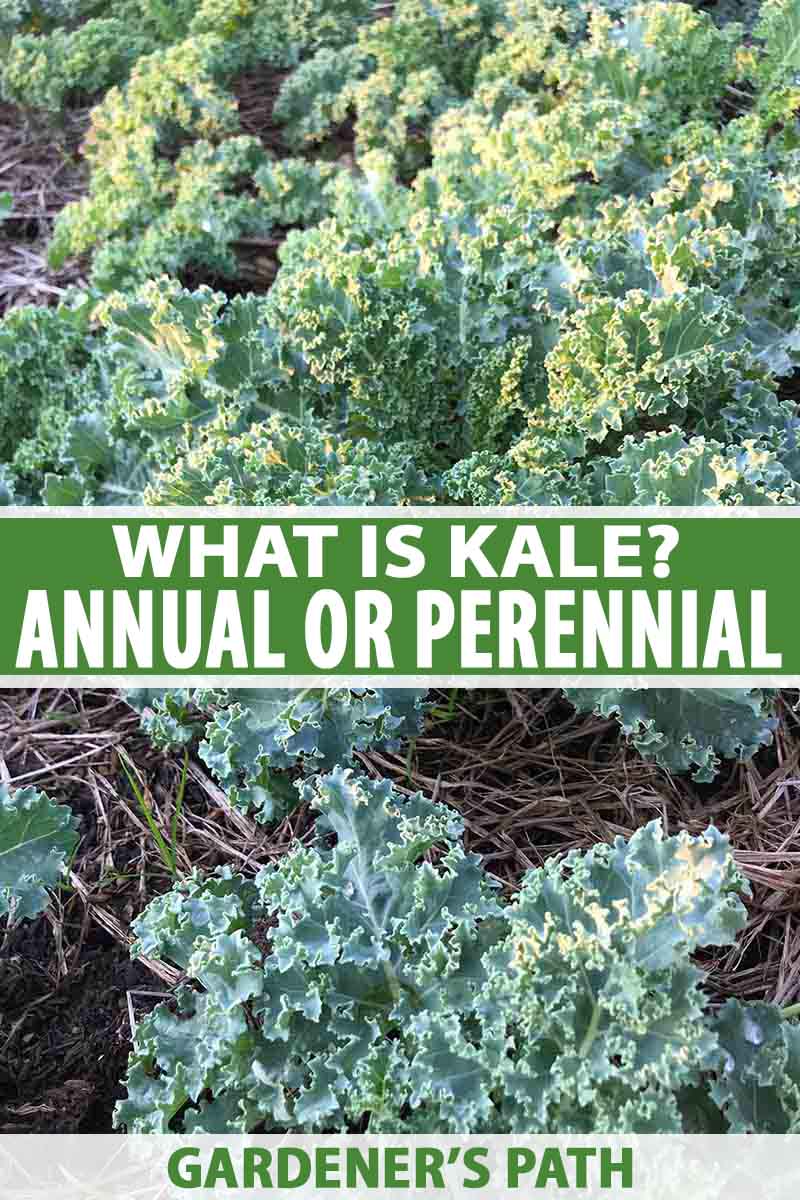
We link to vendors to help you find relevant products. If you buy from one of our links, we may earn a commission.
If it looks good at the end of summer, should you try to overwinter it, or should you pull it up and put it on the compost pile?
Excellent questions, indeed, and you will soon discover the answers. Before we get started, here’s a quick overview of what I’ll cover:
What You’ll Learn
Is It an Annual or a Perennial?
For gardening purposes, it’s important to know that annuals must be replanted every year, while longer-lived perennials will keep growing year after year.
You can learn more about the differences between annuals and perennials in our handy article.

So which group does kale fall into?
The short answer – it depends what type you’re talking about! Some kale varieties are perennial, and I’ll get to them later, but most varieties are neither an annual nor a perennial.
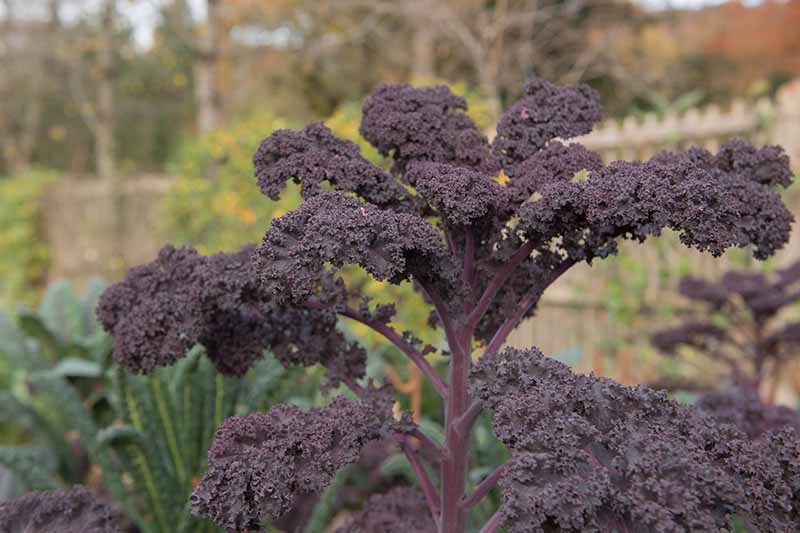
Unlike annuals that are destined to live and die in just one growing season, or perennials that live on year after year, some plants have a different fate.
Called “biennials,” these plants complete their reproduction (and entire life cycle) over a two-year period.
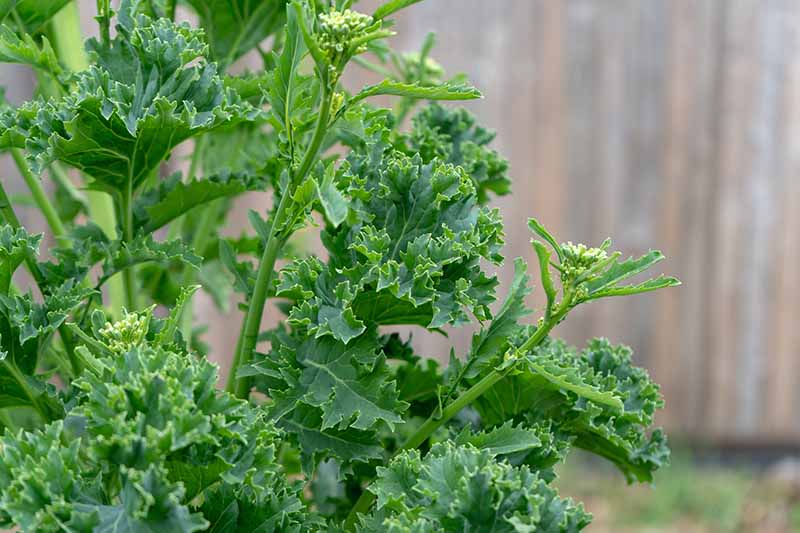
Kale is one such plant – and it finds itself in good company! Carrots, parsley, leeks, and hollyhocks are also biennial plants.
A Two-Year Cycle
As biennials, in their first season in your garden, kale plants will put all their energy into leaf production, growing bushy and lush under the right conditions.
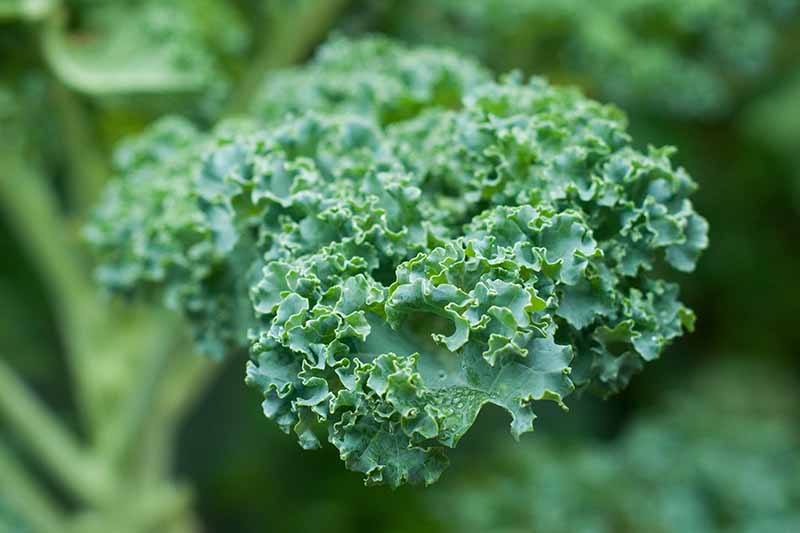
To learn more about how to grow kale, see our growing guide here.
In USDA Hardiness Zones 7 to 10, biennial kale will continue to produce edible leaves throughout the winter.
While in colder zones, these plants will go dormant during the winter – which means their leaves may die back, but their root systems will remain alive.
At this point, some gardeners may assume that the plant is dead.
How cold hardy are these biennial plants exactly?
It varies according to the cultivar, with the hardiest kale varieties being able to survive sub-zero temperatures. Most others continue to thrive through moderate freezes of 25 to 28°F.
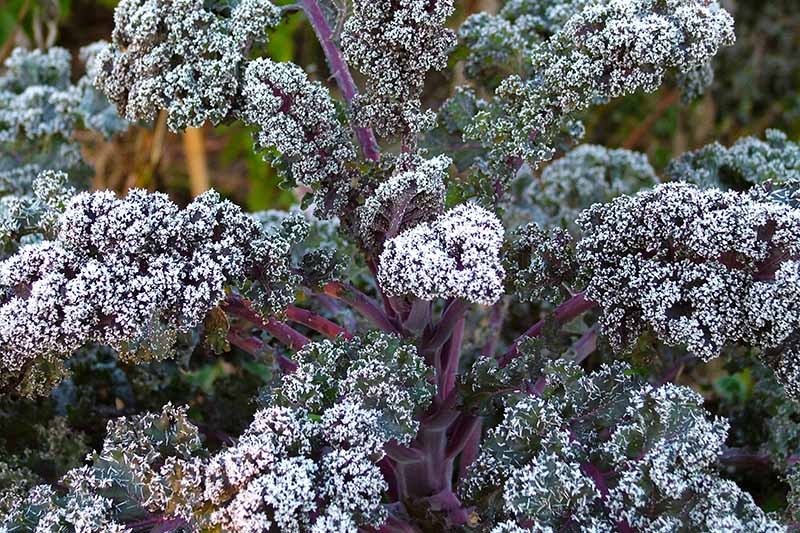
After the first winter, your biennial kale plants will begin to put more of their energy into reproduction, and less energy into leaf growth.
Yes, this is the birds and the bees part – which is the whole reason why plants produce flowers in the first place.
The plant will bolt and flower, then eventually set seed before dying back.
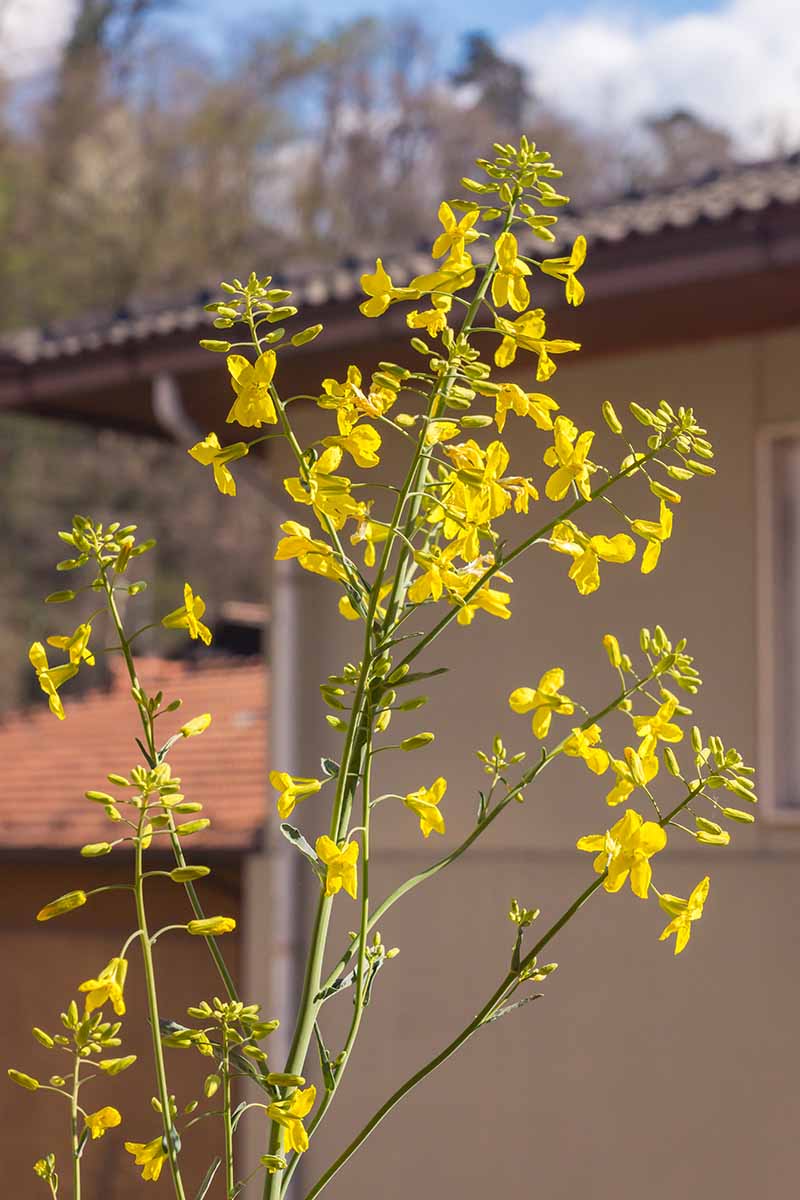
While the biennial is focused on reproduction in the second year, its edible leaves will not be as tender, so they may be better suited for use in cooking than eating raw.
However, some species and cultivars are more edible during the second year than others. The flower buds of Russian and Siberian varieties are more tender than other types and are often harvested and referred to as napini kale or kale rabe.
Shortly after your plants start flowering, you’ll begin to see long, slender seed pods developing.

When these pods dry out, you can harvest them to save the seeds for sowing a new crop next season.
Perennial Varieties
While most of the kale varieties a gardener is likely to encounter will be biennials, there are some types that are actually perennials. Here are a few of them:
Daubenton (B. oleracea var. ramosa)
Named after a French naturalist, ‘Daubenton’ is a short-lived perennial variety that doesn’t go to seed – instead it is propagated through cuttings. It is a cultivated variety that’s not found growing wild.
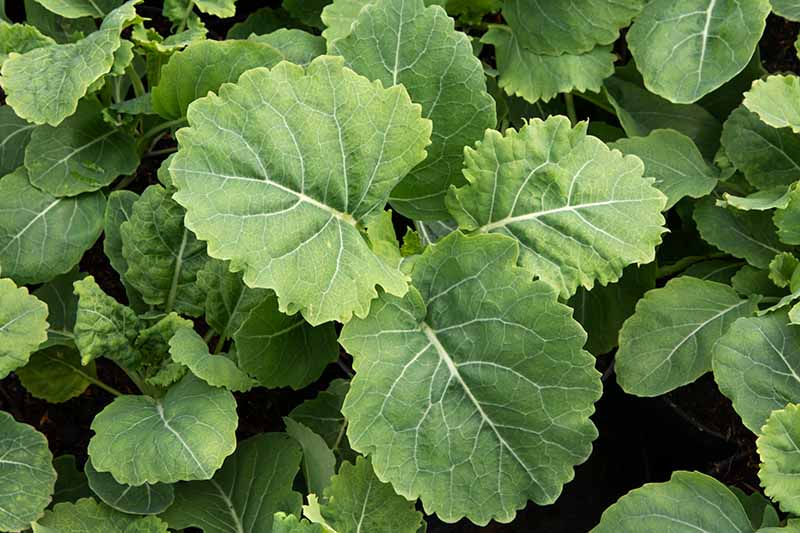
Living for five to six years, ‘Daubenton’ is perennial in USDA Hardiness Zones 6 to 9, and hardy down to 10°F.
When the plant starts to near the end of its life, a root cutting can be taken from it to start a new plant, so you can keep this variety growing in your garden for as long as you keep propagating it.
Sometimes known as perpetual kale, the leaves of this green vegetable are mild and nutty tasting, less bitter than its biennial relatives.
Walking Stick (B. oleracea var. longata)
Also known as Jersey cabbage, tree cabbage, and a plethora of other local common names, ‘Walking Stick’ kale is native to the Channel Islands, an archipelago in the waters between France and England.
This cruciferous plant gets its vivid common name from its long stalks, which were traditionally dried and repurposed into – you guessed it – walking sticks.
Hardy down to 10°F or lower and perennial in USDA Zones 6 to 9, ‘Walking Stick’ prefers neutral or alkaline soils.
The proper harvesting of the leaves will encourage this plant to grow long stalks, which easily grow to 6-10 feet tall at maturity as a backyard garden plant, but can rise to a towering 20 feet tall with favorable conditions.
The leaves of this plant were traditionally used as animal fodder, but seed saving enthusiasts have brought it back as a culinary oddity.
To prepare, remove the tough mid-vein and cook the leaves as you would other kale for a sweet, nutty green.
Sea Kale (Crambe maritima)
Now, for something a little bit different.
Sea kale is a more distant relative of kale, but still a member of the Brassicaceae family, and is native to Northern European coastlines where it grows wild.
It is hardy in Zones 6 to 9 and will grow well in coastal areas of the Pacific Northwest, where the cool summers are similar to those of its native habitat.

Of great interest to perennial vegetable gardeners, this plant grows well in sandy soil. It can be grown from seed, though the germination rate is low, so buy more than you think you need.
If the young shoots and leaves from this plant are blanched while they are growing, or hidden from the sun to stop the process of photosynthesis, this gives them a pleasant nutty flavor when cooked.
A Tale of Two Kales
Along with understanding kale’s status in the annual vs. perennial debate, by now you should be able to answer all of those other questions I mentioned at the beginning of the article with confidence.
Feels good, huh?
While most kale varieties you come across will be biennials, there are some perennial cultivars that would make exotic additions to your perennial beds.
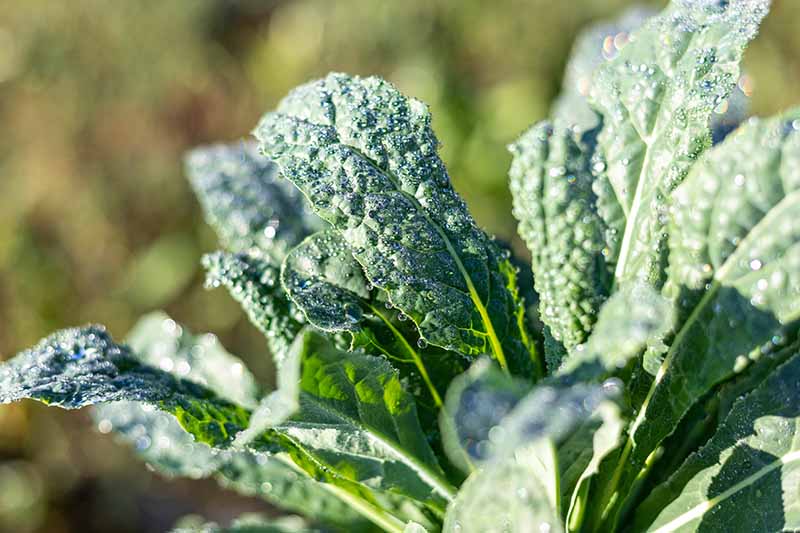
Now that you have a better understanding of the life cycle of this veggie, will you be sticking to biennial kale, or are you considering trying out one of the perennial varieties? Let us know in the comments.
And to continue your deep dive through the frilly leaves of this cruciferous plant, read on for more kale knowledge:
- How to Grow and Care for Ornamental Flowering Kale
- What Month Should You Sow Kale?
- The Best Companion Plants to Grow with Kale
- Kale Spacing: How Far Apart to Plant for the Best Harvest
© Ask the Experts, LLC. ALL RIGHTS RESERVED. See our TOS for more details. Product Photos via Amazon, Hirt’s Gardens, and Wicked Vegetables. Uncredited photos: Shutterstock. With additional writing and editing by Clare Groom and Allison Sidhu.

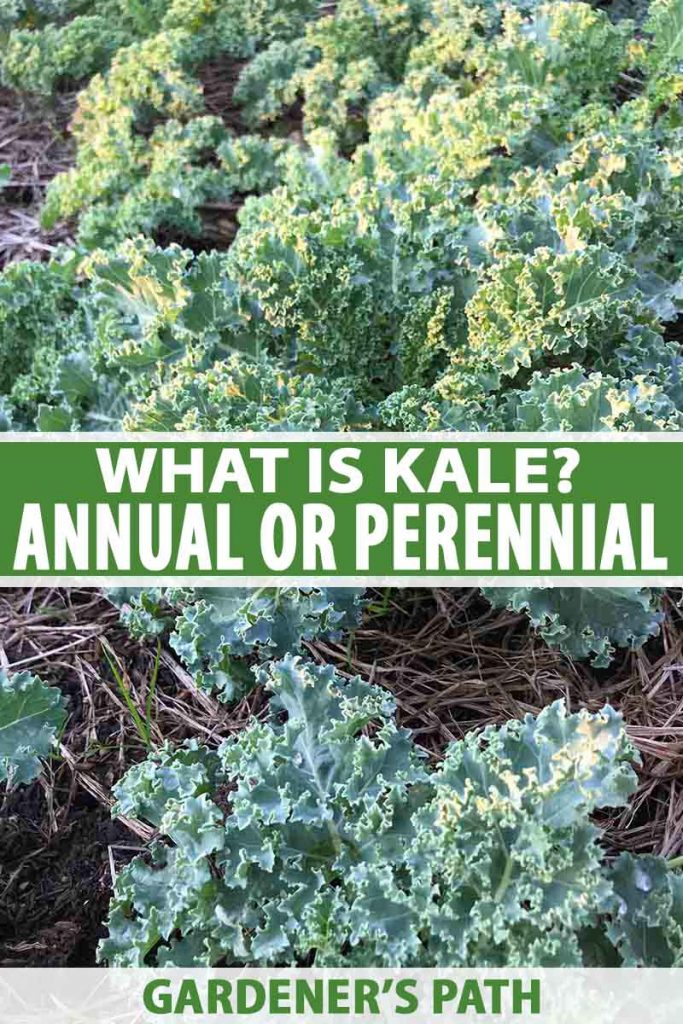
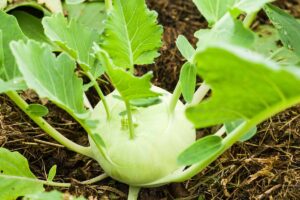
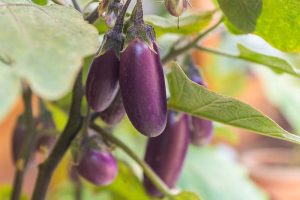
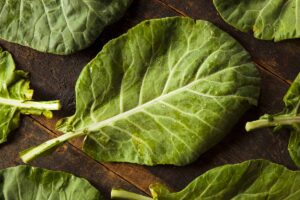
Thanks!
You’re welcome Rebecca!
Happy gardening!
Hi, I had kale in the ground that lasted through the winter that I never harvested. Now with sun and rain the leaves never died and are now flourishing! They are standing tall and growing. Is it safe to eat if I harvest some leaves now?
Absolutely! The only caveat would be that if you want to save seeds from your plant, make sure you don’t harvest all the leaves, leave some to keep producing food for the plant so it can grow flowers, and then seed. But if you’re only interested in harvesting the leaves (not the seeds), go for it!
Enjoy your kale!
Do most kales die completely after 2nd yr flowering? What about yr 3?
Hi Rae,
Yes, that is the life cycle of biennial plants – they live through two growing seasons and then die after flowering. Sometimes you can keep a kale plant alive longer if you keep snipping the flowers off. Hope this helps!
I would like to know what are the best types kale for taste in my area Maryland USA Thanks
Hi Mike, We have an article on some of our favorite types of kale – you can read it here.This article includes info on what type of flavor profiles to expect from each variety, so you can choose one that sounds appealing based on your own taste preferences. And as far as which ones will work for your growing zone, I see that Maryland includes USDA Hardiness Zones 5b-8a, so all of these varieties should work for you no matter what zone you are in. Just be sure to sow your seeds at the right time – we have some… Read more »